Winston
Lorenzo von Matterhorn
- Joined
- Jan 31, 2009
- Messages
- 9,560
- Reaction score
- 1,748
Since there is some degree of pyrotechnic attraction to this hobby, here's the ultimate energy release short of a meeting of matter and antimatter.
Russian nuclear forces, 2016
https://www.tandfonline.com/doi/pdf/10.1080/00963402.2016.1170359
Chinese nuclear forces, 2015
https://journals.sagepub.com/doi/pdf/10.1177/0096340215591247
United States nuclear forces, 2016
https://www.tandfonline.com/doi/pdf/10.1080/00963402.2016.1145901
The "Secret" Patents for the Atomic Bomb
https://alexwellerstein.com/atomic_patents/
Total megatonnage of the US nuclear stockpile — climbing to a peak of over 20 gigatons in 1960. Source: US Department of Energy
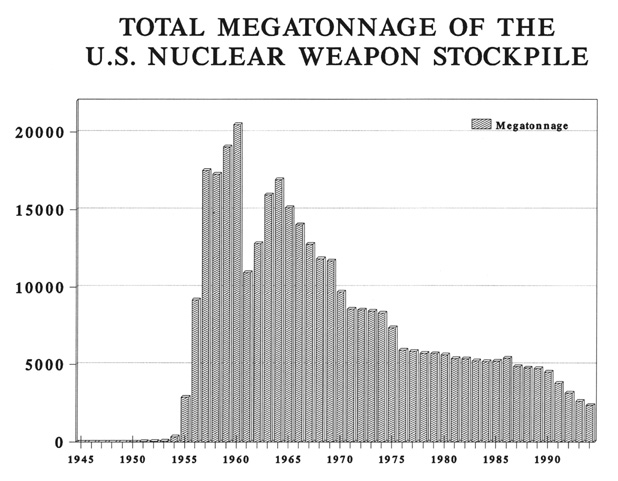
THE DEMON CORE AND THE STRANGE DEATH OF LOUIS SLOTIN
By Alex Wellerstein May 21, 2016
https://www.newyorker.com/tech/elements/demon-core-the-strange-death-of-louis-slotin
Slotin and his co-worker Harry Daghlian, Jr., succumbed to the special hazards of the Manhattan Project. Nine months to the day before Slotin’s accident, Daghlian had been working with the very same plutonium core, performing a different criticality experiment that used tungsten-carbide blocks instead of the beryllium tamper. He dropped one of the blocks, and the core briefly went critical. Daghlian took nearly a month to die. The plutonium pit that killed Daghlian and Slotin was originally nicknamed Rufus, but after the accidents it came to be called the demon core.
Prior to the accident, officials at Los Alamos expected to send the core to Bikini Atoll, in the Marshall Islands, where it would be detonated in front of thousands of observers as part of Operation Crossroads, the first postwar series of nuclear tests. (Slotin planned to go to Bikini, too, and then take up a teaching position at the University of Chicago when the test series was finished.) After the accident, though, the core was still radioactive enough that it needed time to cool off. It was slated for use in the third test at Crossroads, but the test was cancelled. Records from Los Alamos indicate that the core ultimately met with an anticlimactic fate: in the summer of 1946, it was melted down and recast into a new weapon.
Left to right: Trinity core, Nagasaki core, Demon core
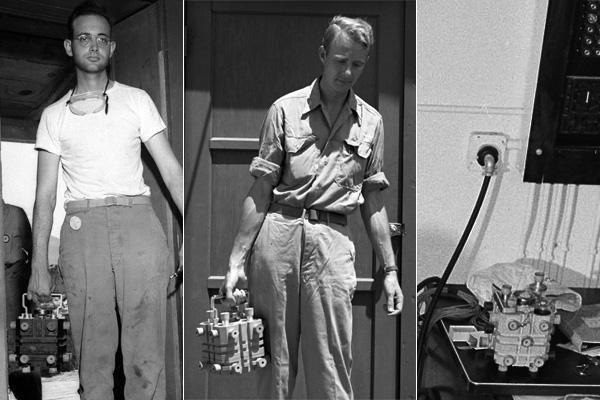
Daghlian criticality experiment setup:
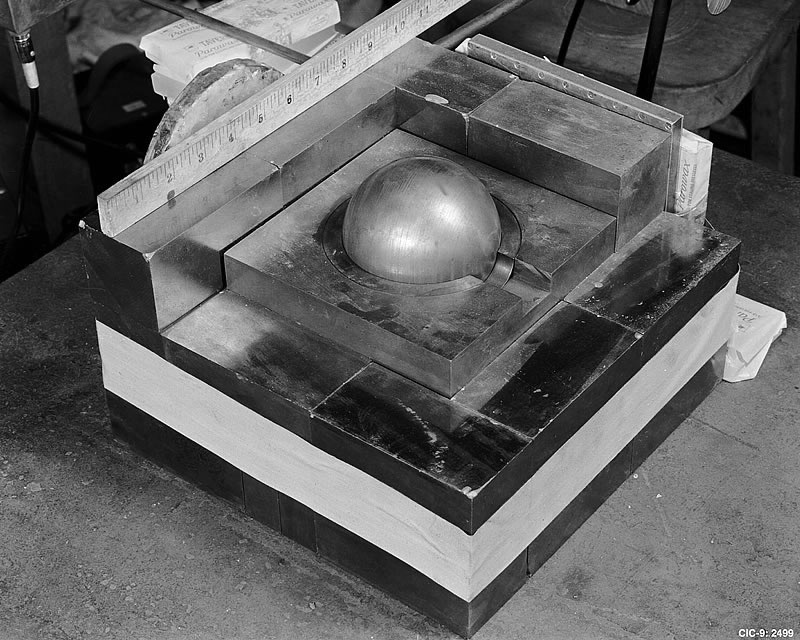
Slotin criticality experiment setup:
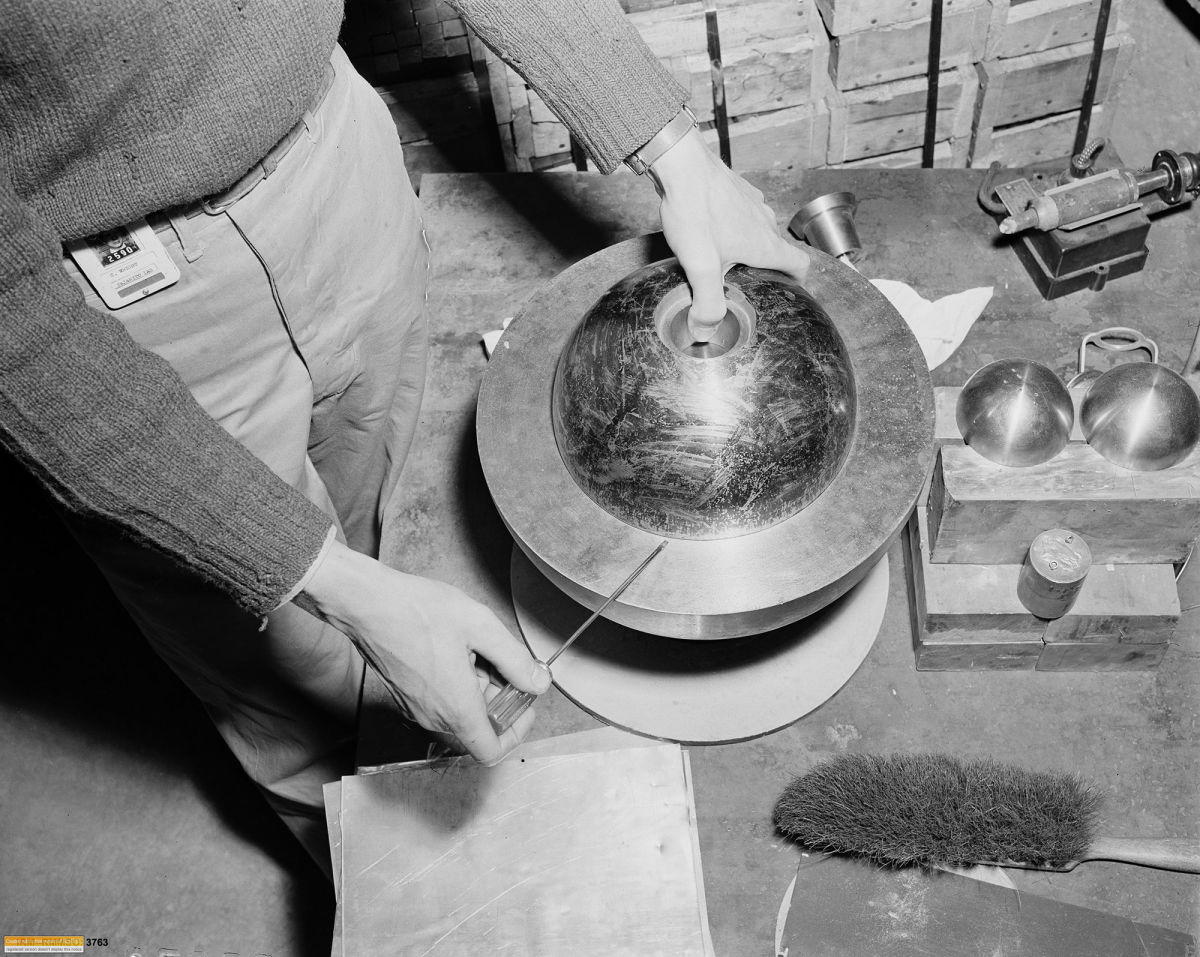
Ridiculously, photos of the Japan nukes remained classified until 1960! They were finally released on the anniversary of the Pearl Harbor attack. Detail from the front page of the New York Times, December 7, 1960:
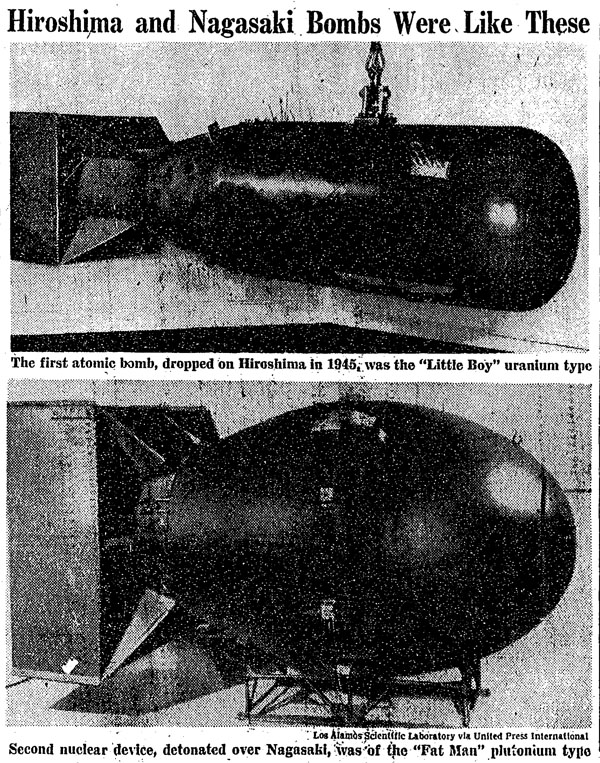
W80-1 Warhead Selected For New Nuclear Cruise Missile
https://fas.org/blogs/security/2014/10/w80-1_lrso/
Weapon designers at Sandia National Laboratory hold a W80-4 warhead 3D mockup. The warheads in the background are W84 (left) and W80-1 (5-150 kilotons)

The Air Force has a large inventory of W80-1 warheads. Nearly 2,000 were built, 528 are currently used on the ALCM, and hundreds are in storage at the Kirtland Underground Maintenance and Munitions Storage Complex (KUMMSC) near Kirtland AFB in New Mexico.
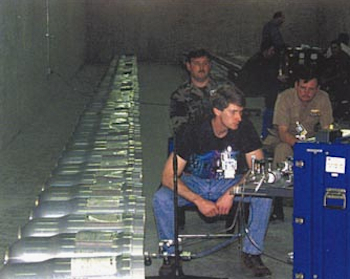

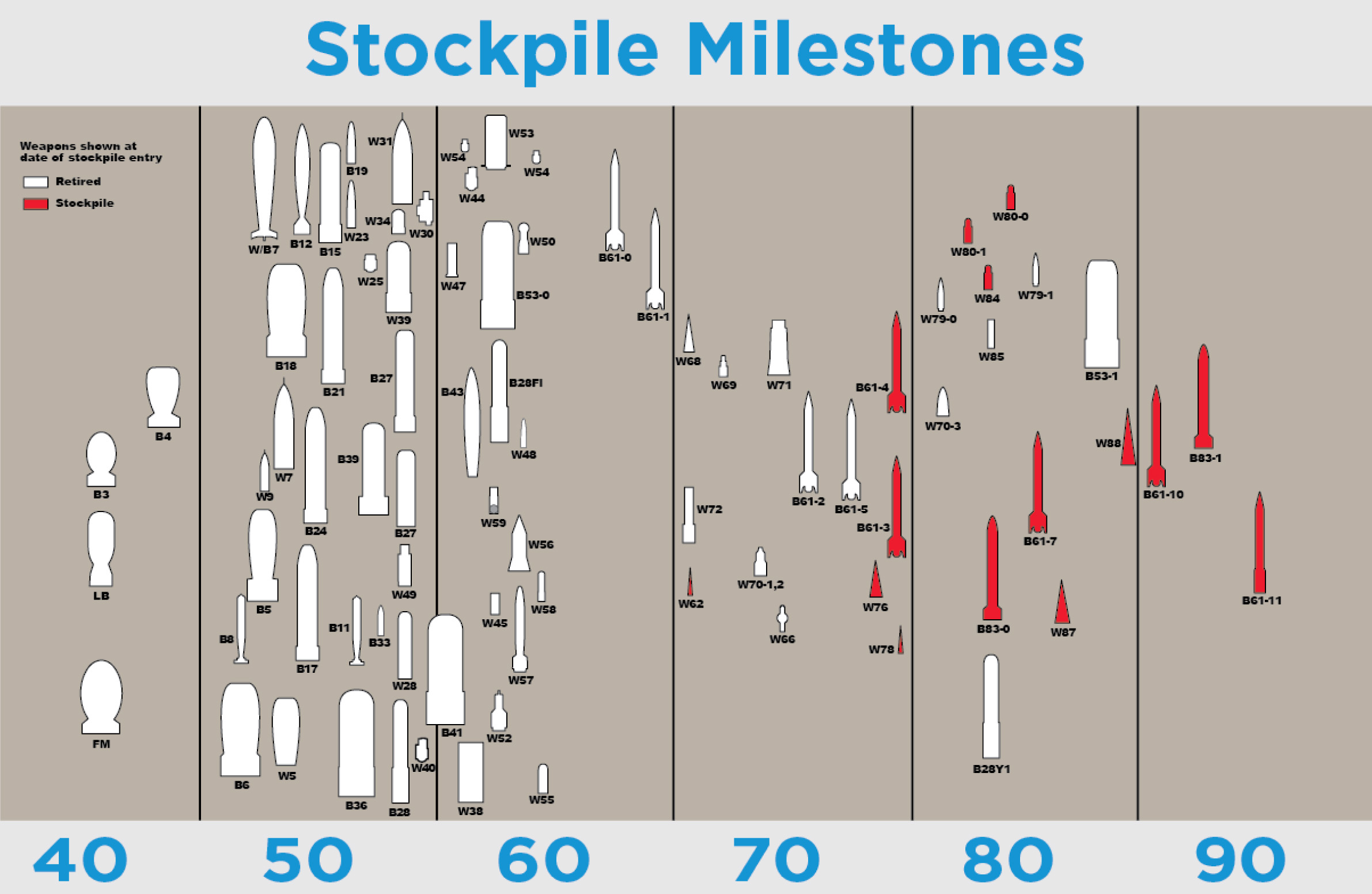
Russian nuclear forces, 2016
https://www.tandfonline.com/doi/pdf/10.1080/00963402.2016.1170359
Chinese nuclear forces, 2015
https://journals.sagepub.com/doi/pdf/10.1177/0096340215591247
United States nuclear forces, 2016
https://www.tandfonline.com/doi/pdf/10.1080/00963402.2016.1145901
The "Secret" Patents for the Atomic Bomb
https://alexwellerstein.com/atomic_patents/
Total megatonnage of the US nuclear stockpile — climbing to a peak of over 20 gigatons in 1960. Source: US Department of Energy

THE DEMON CORE AND THE STRANGE DEATH OF LOUIS SLOTIN
By Alex Wellerstein May 21, 2016
https://www.newyorker.com/tech/elements/demon-core-the-strange-death-of-louis-slotin
Slotin and his co-worker Harry Daghlian, Jr., succumbed to the special hazards of the Manhattan Project. Nine months to the day before Slotin’s accident, Daghlian had been working with the very same plutonium core, performing a different criticality experiment that used tungsten-carbide blocks instead of the beryllium tamper. He dropped one of the blocks, and the core briefly went critical. Daghlian took nearly a month to die. The plutonium pit that killed Daghlian and Slotin was originally nicknamed Rufus, but after the accidents it came to be called the demon core.
Prior to the accident, officials at Los Alamos expected to send the core to Bikini Atoll, in the Marshall Islands, where it would be detonated in front of thousands of observers as part of Operation Crossroads, the first postwar series of nuclear tests. (Slotin planned to go to Bikini, too, and then take up a teaching position at the University of Chicago when the test series was finished.) After the accident, though, the core was still radioactive enough that it needed time to cool off. It was slated for use in the third test at Crossroads, but the test was cancelled. Records from Los Alamos indicate that the core ultimately met with an anticlimactic fate: in the summer of 1946, it was melted down and recast into a new weapon.
Left to right: Trinity core, Nagasaki core, Demon core

Daghlian criticality experiment setup:

Slotin criticality experiment setup:

Ridiculously, photos of the Japan nukes remained classified until 1960! They were finally released on the anniversary of the Pearl Harbor attack. Detail from the front page of the New York Times, December 7, 1960:

W80-1 Warhead Selected For New Nuclear Cruise Missile
https://fas.org/blogs/security/2014/10/w80-1_lrso/
Weapon designers at Sandia National Laboratory hold a W80-4 warhead 3D mockup. The warheads in the background are W84 (left) and W80-1 (5-150 kilotons)

The Air Force has a large inventory of W80-1 warheads. Nearly 2,000 were built, 528 are currently used on the ALCM, and hundreds are in storage at the Kirtland Underground Maintenance and Munitions Storage Complex (KUMMSC) near Kirtland AFB in New Mexico.



Last edited:













